The propagation delay can vary with manufacturing conditions as well as operating conditions. Temperature probably will play an effect. However, the point is, you can't control the propagation delay. You are only guaranteed (assuming the honest manufacturers) that the propagation delay will be within the limits specified if the chip is operated under the limits specified. You are not guaranteed anything more.
I don't really know how to handle that range, and it's likely to matter for my application.
If this is a one-off, diy project, then you can try your circuit, and if it works to your satisfaction, then great. If it does not, you can try another chip, or tweak some component values.
However, if you plan to make multiple circuits, or if you need guaranteed reliability, then I strongly recommend that you redesign your circuit so that propagation delays (within the specified limits) will not affect the correct operation of the circuit. Even if the circuit works correctly with one batch of chips, it may fail with another batch of chips. Or it might work in someone's cool basement, but fail when placed in a hot attic. Or any other of a variety of situations. Except for single dyi projects that you don't mind tweaking, always design so that the circuit will work correctly even if the components happen to be at the limits of their specified tolerances.
